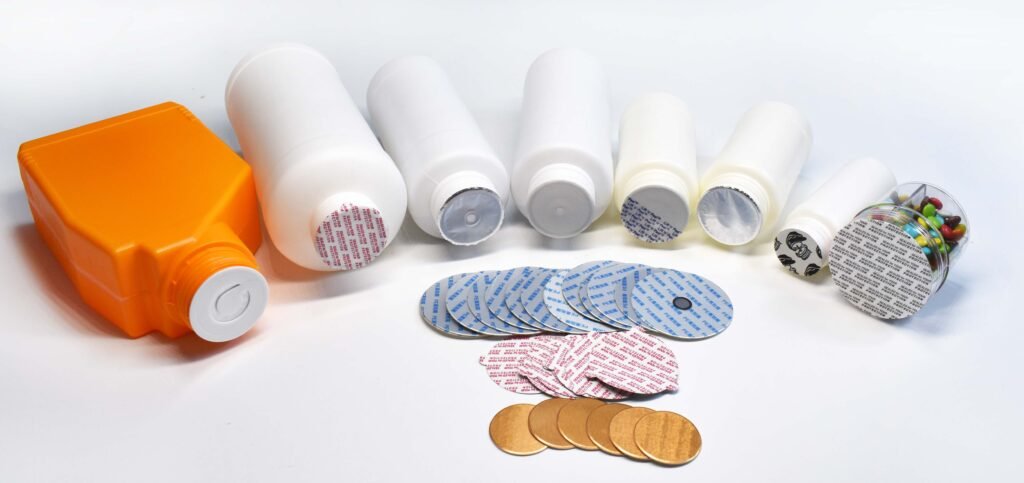Selecting the right sealing liner is crucial for maintaining product integrity and ensuring your packaging performs as expected. Whether you are storing chemicals, food, or other substances, the appropriate sealing liner can prevent leaks, contamination, and degradation. Here’s how to find the ideal sealing liner that meets your specific requirements. Click here to get professional sealing solutions.
Step 1: Determine Your Container Type
- Containers without Lids: Examples include yogurt cups, disposable honey spoons, etc. These containers typically require heat-seal films, which are sealed using customized heat-press machines. Heat-seal films come in various types, such as PVC, PP films, and heat-seal aluminum foil films. They can be used as pre-cut sheets or rolls. We specialize in producing heat-seal aluminum foil films and welcome your INQUIRY.

- Containers with Lids: Widely used for food, pharmaceuticals, cosmetics, chemicals, etc., these containers often use induction sealing liners, foam liners, or pressure-sensitive liners to ensure a tight seal.

Step 2: Identify the Container Material
The sealing layer of the liner must be customized based on the container material. Common container materials include PET, HDPE, PP, PVC, glass, acrylic, and metal. Therefore, the material of the sealing liner will vary depending on the container material.
Step 3: Determine the Product Application
What are you sealing—food, pharmaceuticals, or chemicals? Sealing liners are designed for different user needs, such as easy-peel, peelable, or corrosion-resistant types. The choice of liner depends on the specific application.
Step 4: Define Your Sealing Goals
- Complete Seal with Freshness and Leak Prevention: Induction sealing liners or heat-seal films.
- Leak Prevention for Large Gaps Between Lid and Container (No Adhesion Required): Foam liners or pressure-sensitive liners.
- Sealing with Corrosion Resistance: Corrosion-resistant induction liners.
- Pressure Equalization for Gas-Producing Products: Breathable vented liners.
Once these four factors are confirmed, you can determine which sealing liner best suits your product packaging. Contact us, and our sales team will provide professional sealing solutions tailored to your needs.
Examples
- Food Products in PET Bottles with Plastic Lids: Choose a paperboard-backed peelable induction sealing liner.
- Health Supplements in HDPE Bottles: A single-layer induction sealing liner is an excellent choice, offering a sleek appearance and customizable printing.
- Corrosive Products (e.g., Pesticides, Chemicals): Opt for corrosion-resistant induction sealing liners.
By following these guidelines, you can ensure the perfect sealing solution for your packaging needs. Reach out to us for expert advice and high-quality sealing liners!
